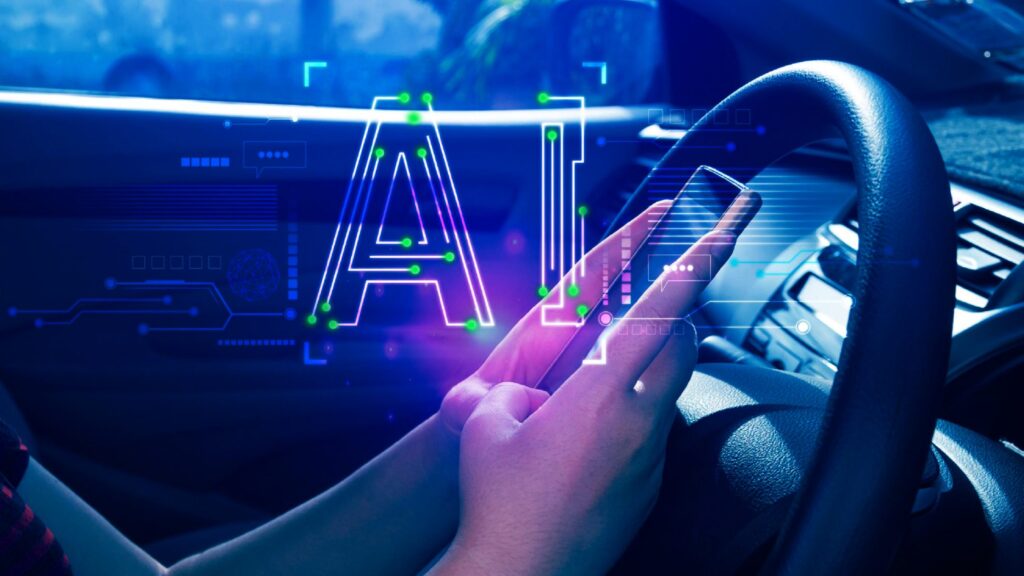Wayve, a pioneer in AI for assisted and automated driving, has unveiled its latest model, LINGO-2. This groundbreaking driving model integrates vision, language, and action, offering enhanced control and customization in autonomous driving. LINGO-2 bridges linguistic explanations with real-time decision-making, increasing trust and confidence in AI-driven vehicles.

The Evolution of Wayve’s Driving Models
Wayve embarked on its journey to integrate natural language with driving with the introduction of LINGO-1 in September 2023. Unlike its predecessor, which provided commentary, LINGO-2 focuses on active decision-making. It offers valuable insights into the intricate workings of AI-driven vehicles, fostering a deeper understanding of their behavior on the road.
Deciphering LINGO-2’s Architecture
At the core of LINGO-2 is a multi-modal architecture, consisting of the Wayve vision model and an auto-regressive language model. This dynamic duo collaborates seamlessly to process visual cues and linguistic inputs, resulting in a driving model that not only navigates the roads but also explains its decisions in real time.

Unveiling LINGO-2’s New Capabilities
LINGO-2 introduces a range of capabilities that redefine the landscape of autonomous driving:
-
- Adaptive Driving Behavior: LINGO-2 responds to linguistic prompts, allowing users to customize its behavior with commands like “pull over” or “turn right.” This not only aids in model training but also enhances interactive human-vehicle engagement.
-
- Real-time Interrogation of AI: LINGO-2 can predict and respond to queries about its surroundings, providing insights into its decision-making process while on the move, instilling confidence.
-
- Live Driving Commentary: LINGO-2 articulates its actions and reasoning in real time, offering transparency into the AI’s decision-making process.
Overcoming Limitations and Looking Ahead
While LINGO-2 represents a significant advancement in autonomous driving technology, it does have its limitations. Future efforts will focus on strengthening the integration of language, vision, and driving to enhance the model’s reliability and debugging capabilities. Additionally, ongoing work will aim to ensure the safe and seamless incorporation of linguistic instructions in real-world driving scenarios, paving the way for fully automated driving systems.
Our Say
Wayve’s introduction of LINGO-2 signifies a significant stride in advancing autonomous driving technology. It demonstrates how the fusion of cutting-edge technology with human-centric design enhances driving experiences, making them safer and more intuitive. Wayve’s LINGO-2 is a beacon of progress, guiding us towards a future where humans and machines coexist harmoniously on the roads. With each innovation, Wayve brings us closer to realizing a vision of a safer, smarter, and more connected transportation ecosystem.


